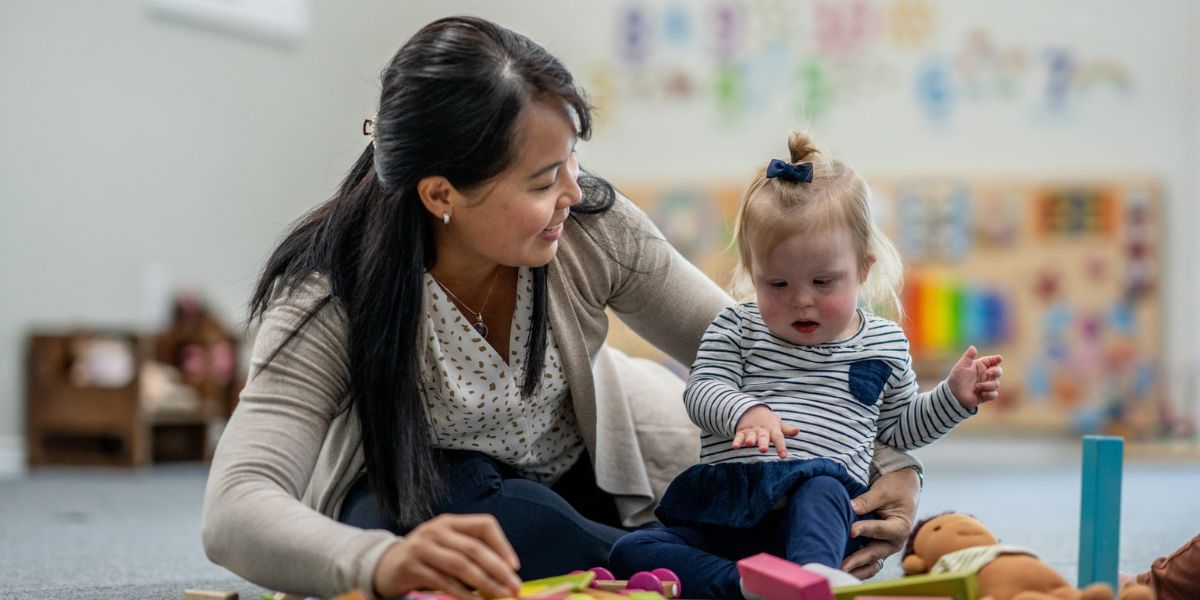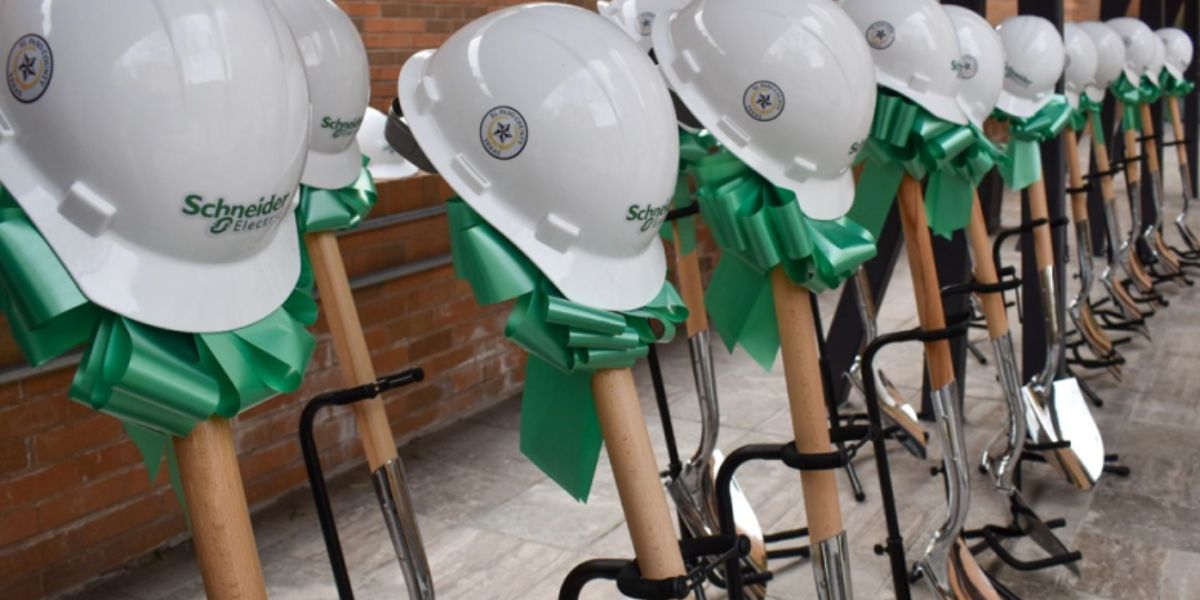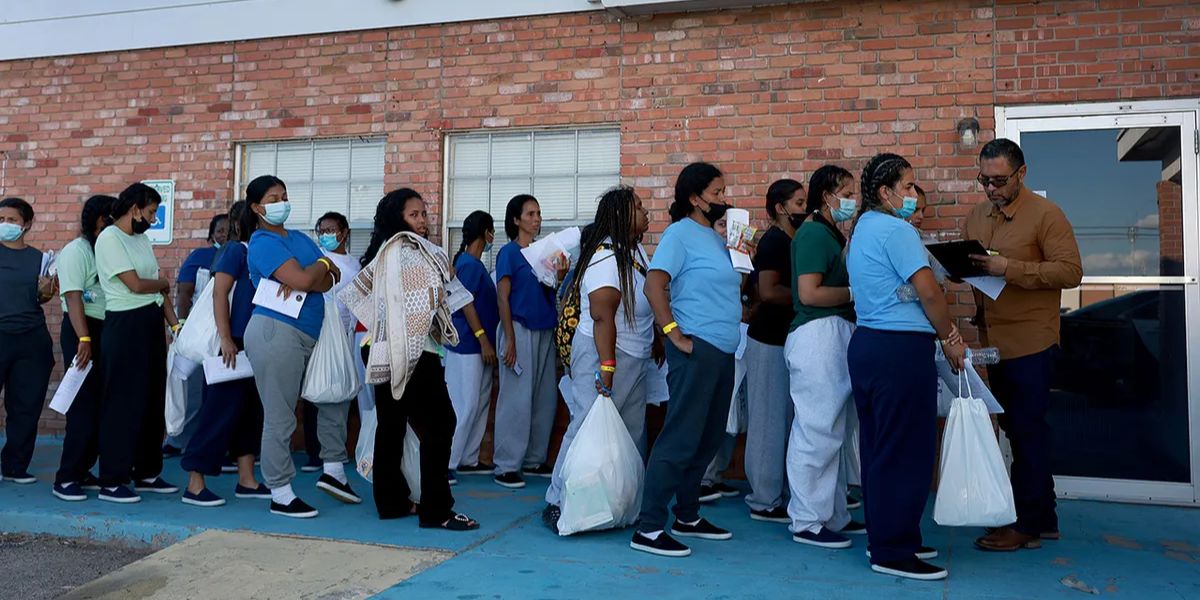El Paso, TX – Across Texas, a quiet but powerful shift is reshaping how communities prevent violence — one that starts long before an emergency call or police report. Known as early intervention, this proactive approach focuses on recognizing risks, building support systems, and addressing conflicts before they turn into crises. West Texas, in particular, has become a model for how local agencies, schools, and families can work together to keep neighborhoods safe and connected.
Understanding Early Intervention
Early intervention means stepping in before violence occurs, rather than reacting afterward. It’s grounded in the idea that social, emotional, and environmental factors often predict future harm — and that communities can interrupt those patterns through timely outreach and support.
Table of Contents
In practical terms, this could mean a school counselor identifying a student showing signs of distress, a community health worker helping a family manage stress, or a social service team connecting youth with mentorship programs. Each small act forms part of a safety net that prevents violence from escalating in the first place.
As Daniela Ramos, a violence prevention strategist based in El Paso, explains:
“Early intervention isn’t about control — it’s about care. When we reach people early, we change the trajectory of their lives before they ever reach a crisis point.”
The Texas Community Safety Model
Texas has built one of the most comprehensive frameworks for early violence intervention in the United States. Known as the Texas Community Safety Model, it integrates data, cross-agency collaboration, and community engagement to identify individuals or households at high risk for violence.
The model connects law enforcement, schools, healthcare systems, and nonprofit organizations under one coordinated network. Instead of working in isolation, these sectors share information — always within privacy limits — to respond to early warning signs such as repeated 911 calls, school suspensions, or hospital admissions related to trauma.
In El Paso County, for instance, this model allows local agencies to map high-risk areas, deploy neighborhood outreach workers, and provide tailored family support services. The focus is not on punishment but on partnership.
How Data Drives Prevention
Data collection plays a key role in the success of the model. Using regional databases, Texas counties can track patterns of violence, substance abuse, and social instability. This helps identify where interventions are needed most — such as neighborhoods facing rising domestic incidents or youth violence.
One notable success came from the El Paso Collaborative for Community Safety, which found that households receiving early home visits and resource connections were 40% less likely to experience a violent crisis within six months.
These insights have encouraged other West Texas regions to invest in predictive tools that help spot the first indicators of distress — from financial stress and truancy to signs of trauma exposure.
Collaboration Between Police and Social Workers
A cornerstone of early intervention is the partnership between police and social workers. Rather than waiting for violence to erupt, officers refer individuals or families to social services when they detect concerning patterns.
Co-response teams — pairing trained officers with mental health or family support professionals — visit homes, schools, and community centers to build trust and offer help. This multidisciplinary response bridges a crucial gap between enforcement and empathy.
“When police and social workers work side by side, it sends a powerful message,” says Ramos. “It tells families we’re not just here to respond — we’re here to care.”
Community-Led Prevention
Another reason the Texas model stands out is its focus on community ownership. Programs train residents as violence interrupters, peer mentors, and neighborhood liaisons, empowering them to identify tensions and mediate conflicts before they grow.
In El Paso’s lower valley neighborhoods, for example, local churches and youth centers host family dialogues and skill-building sessions that teach emotional regulation and conflict resolution. These community-driven spaces make it easier for individuals to ask for help without fear or stigma.
Measuring the Impact
According to reports from the Texas Department of Public Safety, regions that implemented early intervention programs saw:
- A 25% reduction in youth-related violent incidents over three years.
- Higher trust scores between residents and law enforcement.
- Increased engagement with local health and social programs.
These outcomes show that the long-term benefits of early intervention go beyond preventing violence — they strengthen community resilience, family stability, and emotional wellbeing.
The Challenges Ahead
Despite its success, early intervention faces challenges in sustainability and funding. Many rural areas in West Texas lack the staff or technology needed to maintain data systems or rapid-response teams. In addition, privacy laws and coordination gaps between agencies can slow the sharing of critical information.
Advocates are calling for statewide investment in training, technology, and workforce development to expand the model to underserved regions. With more resources, communities could replicate El Paso’s results across the state.
A Culture of Prevention, Not Reaction
Early intervention represents more than just a strategy — it’s a mindset. It redefines public safety as a shared responsibility rooted in empathy and foresight. When communities act early, they don’t just prevent harm — they build stronger, more connected neighborhoods.
As Ramos concludes,
“Violence prevention begins long before the headlines. Every caring conversation, every resource shared, every early act of compassion — that’s what safety truly looks like.”
What do you think?
How can your community strengthen its early intervention efforts? Share your thoughts or local insights in the comments below and explore more prevention stories at reachviolenceprevention.org.











